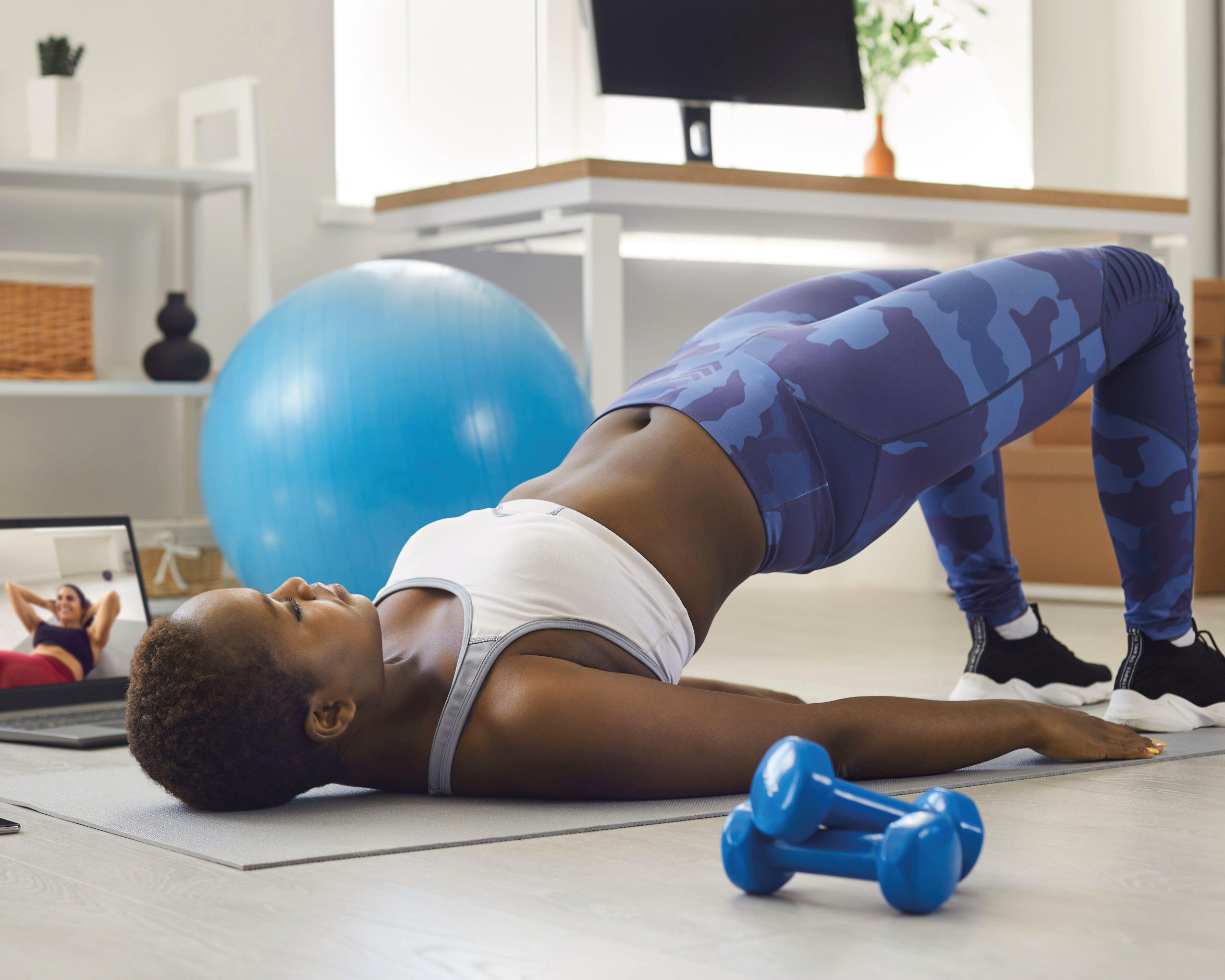When was the last time you showed your pelvic floor some love? You’ve got reason to add it to
your to-do list more often
Why do you hit the gym or smash a home workout? Your answers probably sound a little like this: To build some mean muscle, to torch serious calories, to get a boost in those feel-good hormones. While these are some great reasons to work out, there’s one rather important area that many of us often neglect to add into our exercise regime: the pelvic floor.Maybe you’re sick of the internet’s nagging about the importance of all women strengthening their pelvic floors, but doing so really is a game-changer. Do yourself a favour and keep reading
to discover which exercises you can try and how they will benefit you.
Please explain
Your pelvic floor is found between the pubis and tailbone. It is responsible for supporting the bowel, bladder and, in women, the vagina and uterus too. Some of the pelvic floor’s other functions include impacting sexual pleasure for both parties and preventing leakage of gas, urine and faeces. As you can imagine, not having strong pelvic floor muscles can cause some rather unpleasant experiences. There are some factors that may play a major role in a weakened pelvic floor, such as childbirth and obesity. As we get older, the decline in collagen production also weakens these muscles, which is why it is important to do the necessary exercises to build and maintain pelvic floor strength.
Pelvic floor exercises
You’ve most likely come across the term ‘kegel’ before. It requires that you tighten your pelvic floor muscles in isolation. Other pelvic floor exercises may complement kegels by working parts of the lower body that have an effect on the pelvic floor.
The simplest way to activate the pelvic floor muscles is by doing the following kegel exercise:
> Lie on your back while taking deep breaths. You can keep your legs straight or bent.
> Exhale. Now imagine you’re trying to stop urine or gas by tightening and lifting the muscles around the anus and urethra. Once you’ve managed to do that, you have successfully found your pelvic floor.
> Relax after one to two seconds and inhale. Repeat this a few times. Once the movement gets easier, try holding your muscles tight for about 10 seconds at a time.
As we’ve mentioned, you could also strengthen your pelvic floor muscles while working out. You might even have done a pelvic floor exercise without realising you’re doing one. Here are four examples of exercises that are great for pelvic floor strength.
Glute bridges
Lie down with your knees bent and feet hip-width apart, flat on the floor. Lift your hips by pushing from your heels. Squeeze your glutes while doing so. Hold for about a second or two, and move back to the starting position.
Marches
Lie on your back with knees bent and hips lifted (in a glute bridge position). Lift one leg off the ground and bring your knee closer to your body. Your leg should be in a 90-degree angle. Move your leg back to the starting position and repeat with the other.
Clamshells
Lie on one of your sides with knees bent at a 45-degree angle while your heels touch each other. Lift your top knee as high as possible without moving your feet away from each other. Move back to the starting position. Repeat on the other side after a few reps.
Lateral lunges
Start by standing up straight with feet hip-width apart. Take one big step to the side with your right leg and bend your knee until it reaches a 90-degree angle. Your hips should be pushed back while doing so. Move back to the starting position. Repeat on the other side.
Words by Bianca Muller
Photography: gallo/gettyimages





